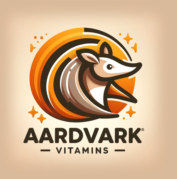Nutrition and Lifestyle
The intertwining of nutrition and lifestyle with the management of autoimmune diseases forms a critical node in holistically navigating these conditions. Nutritional strategies might involve ensuring an adequate intake of essential nutrients, possibly adapting dietary patterns to manage symptoms (such as utilizing an anti-inflammatory dietary pattern), and managing any dietary impacts or considerations related to medications or the autoimmune condition itself. Ensuring nutritional adequacy supports overall health, which is pivotal in the context of managing autoimmune diseases.
Lifestyle, alongside nutrition, plays a vital role in managing autoimmune conditions, entailing aspects like physical activity, stress management, and overall wellness strategies. Physical activity, adapted to the individual’s capabilities and symptoms, supports overall health, joint function, and well-being. Meanwhile, stress management is particularly paramount given the potential impact of stress on autoimmune conditions, necessitating strategies to navigate stress effectively and safeguard mental well-being.
In both nutritional and lifestyle adaptations, personalized, flexible approaches that consider the individual’s needs, preferences, symptoms, and overall health are crucial. This tailoring ensures that strategies are applicable, supportive, and sustainable for the individual, fostering overall well-being and enhancing quality of life amidst navigating the complexities of autoimmune conditions.
Pertaining to vitamins and supplements, considerations might involve ensuring adequate vitamin D, given its role in immune function and potential implications in autoimmune conditions. Omega-3 fatty acids might also be considered for their anti-inflammatory properties. However, it’s imperative that any supplementation is guided and overseen by healthcare professionals to ensure it’s safe and appropriate for the individual’s context.
Nutrition and Lifestyle Read More »


